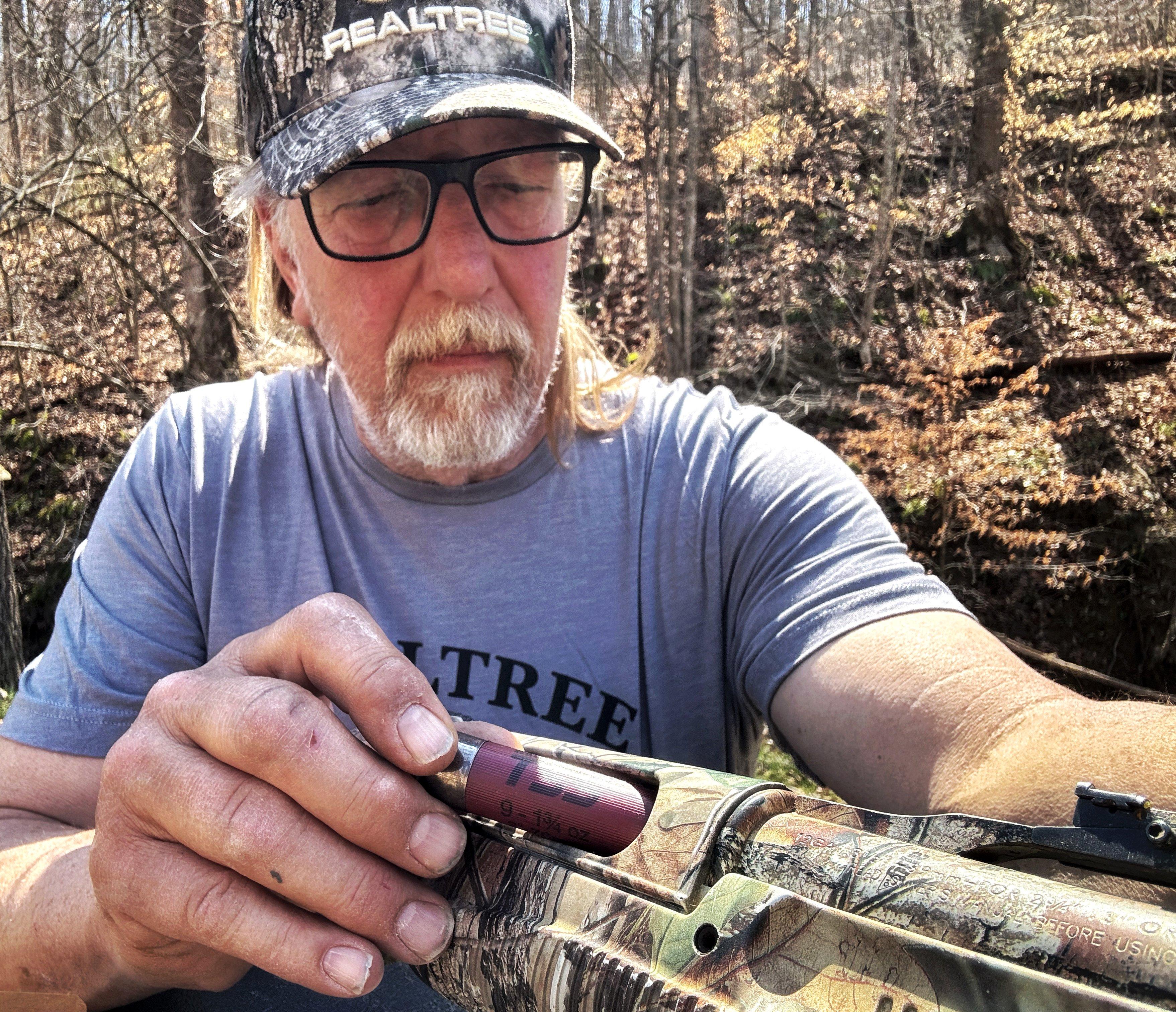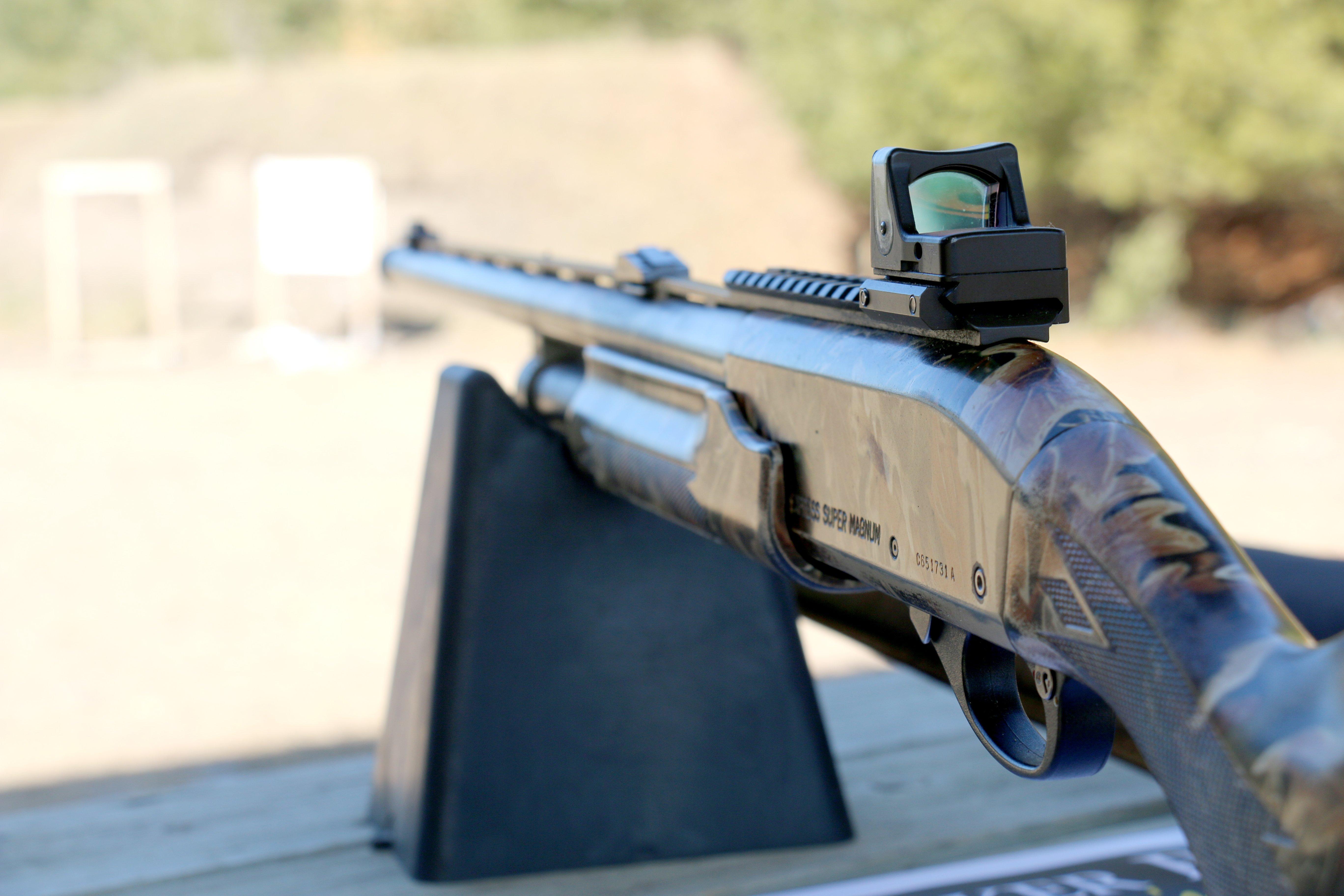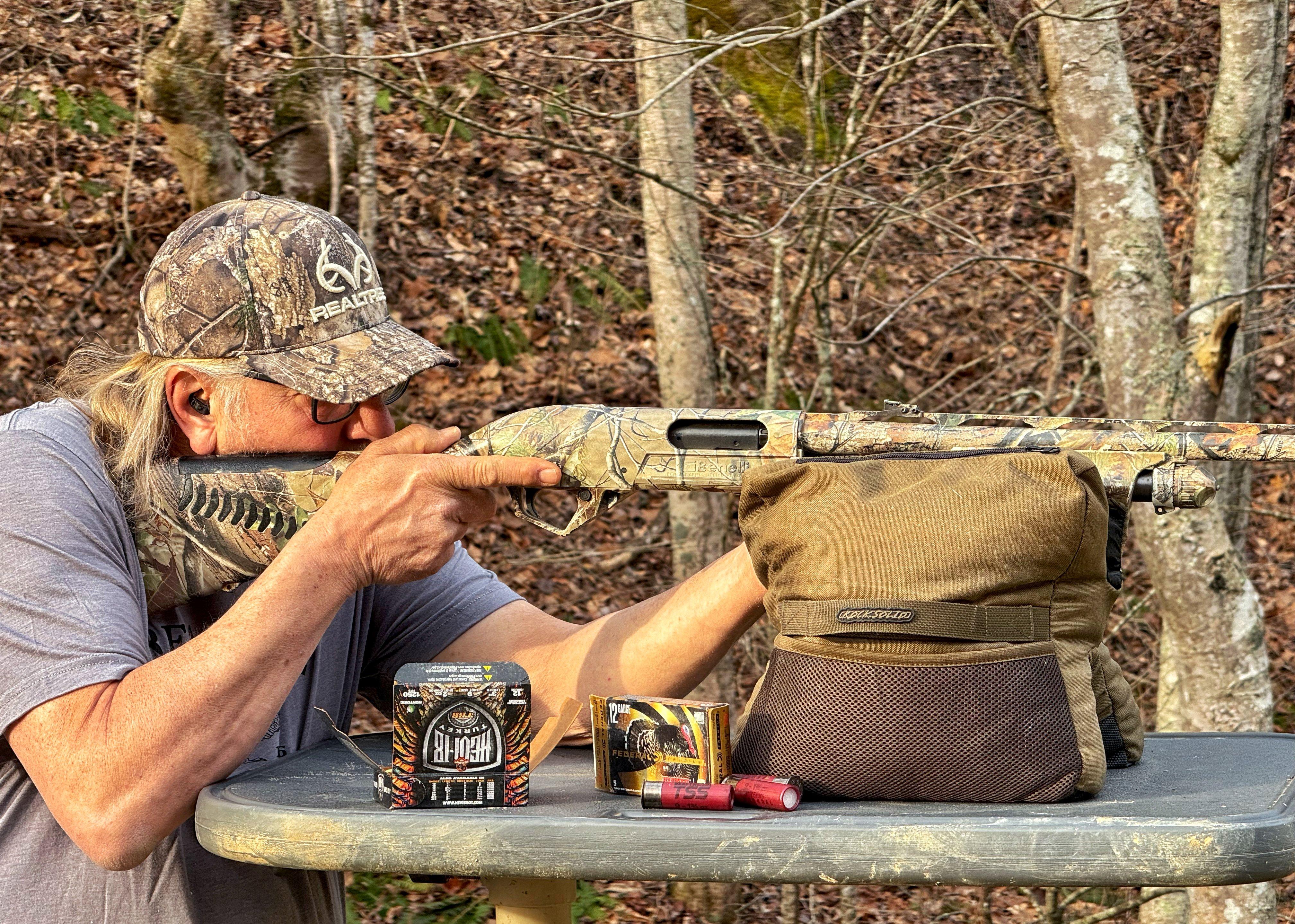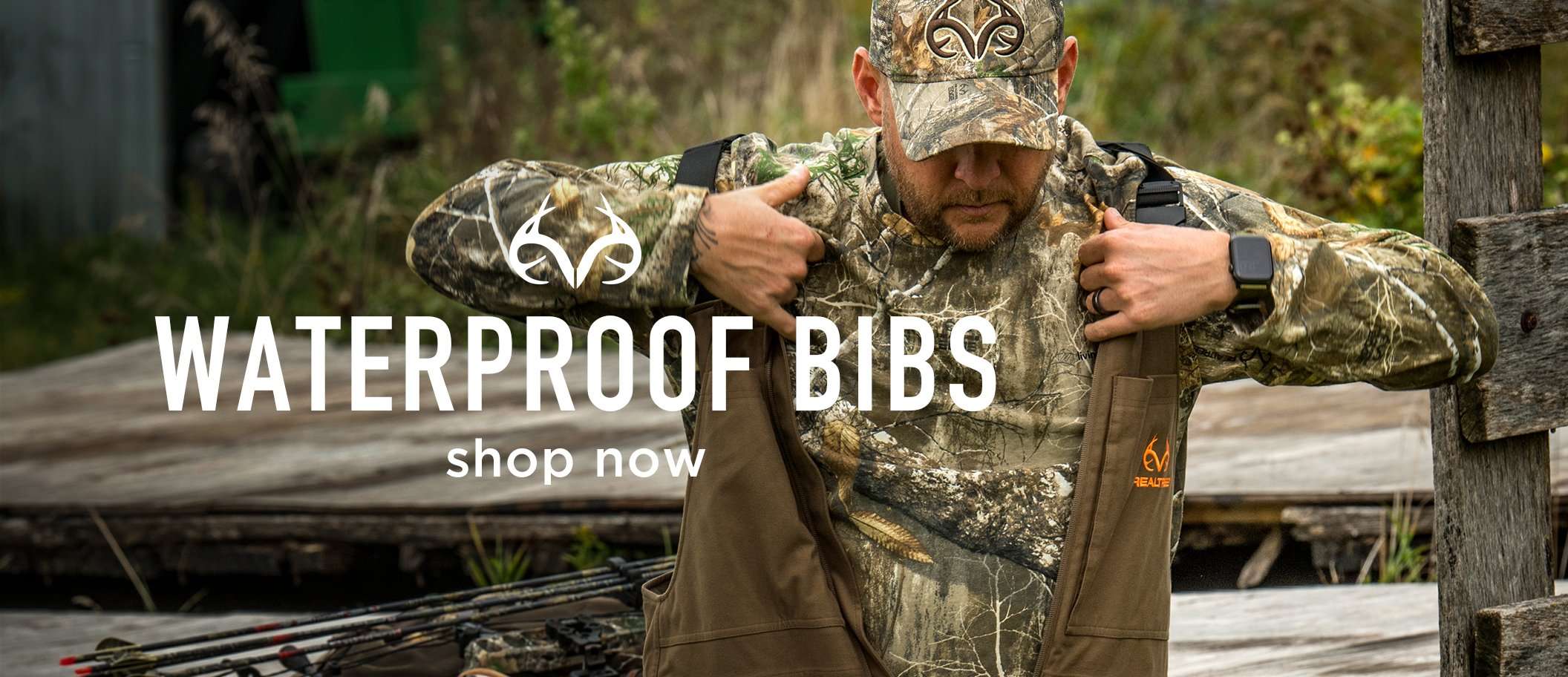We hit the range for hands-on pattern testing of 8 of today's most popular turkey loads

Experimentation with various turkey loads and chokes is the only way to find the best-patterning combination for your shotgun. Photo by Bill Konway
Contrary to what you might see on social media, many folks still use 12-gauge shotguns for turkey hunting.
Sure, those buffalo guns are heavier than your new .410, and they kick harder than sub-gauges. But they’ve also been making turkeys “wave at the satellites” for decades. And thanks to technology and an element most people can’t find on the periodic table, modern 12-gauge turkey ammo is deadlier than ever.
With so many high-performing options, turkey hunters might wonder which 12-gauge shell is best for them. Does one brand top another? Does a specific shot size consistently pattern better? We took to the range recently to punch some paper and try to narrow down answers.
Don’t Miss: 10 Old-School Turkey Hunting Tips
But before we start, an explanation and two disclaimers: The eight shells tested here were fired several times apiece through a factory Remington 870, circa 1999, with a 24-inch barrel and a Jebs Headhunter choke tube with a .665 constriction. The patterns listed represent the average number of pellets within a 10-inch circle at 30 yards.
This test won’t name winners and losers. It simply posts results from one extended shooting session and hopefully adds some context about each load. Read the results, and form your own conclusions. Further, remember that the idea of the “best” shell is subjective. A load that performs well in one gun with a specific choke might look much different when fired through another choke-and-gun combo. Every hunter should experiment to find the shell that performs best with their gun and choke, or find a gun and choke that provide superior results with a specific load. Simply buying a “turkey choke” and a box of the latest 3-inch TSS loads does not guarantee good performance.

Technology and tungsten super shot have combined to produce modern 12-gauge turkey loads that produce incredible patterns. Photo by Brian Lovett
RESULTS
No. 1: Hevi-Shot Hevi-18 2-ounce, 3-inch load of No. 9 TSS: Note: Before the advent of tungsten super shot — a tungsten alloy that’s about 22% denser than standard tungsten and 56% denser than lead — Hevi-Shot was a go-to choice for turkey hunters seeking better patterning performance.
Average number of hits: 400
No. 2: Federal 1-3/4-ounce, 3-inch load of No. 9 TSS: Obviously, this load is slightly lighter than the Hevi-18 shotshell. For context, there are about 362 No. 9 TSS pellets in an ounce of shot, so the Federal 1-3/4 shell probably contained about 633 pellets compared to about 720-some in the Hevi-18 2-ounce load.
Average number of hits: 370
No. 3: Browning 1-3/4-ounce, 3-inch load of Nos. 7 and 9 TSS: Again, some context. Duplex-type loads are great for folks seeking a mix of pattern density (provided by the No. 9 shot) with a little extra oomph, added by the No. 7 shot. Because No. 7 shot is larger and therefore has fewer pellets per ounce — it’s listed at 185 per ounce — patterns usually won’t be quite as dense as those produced by pure loads of No. 9.
Average number of hits: 278
No. 4: Apex Ammunition 2-1/4-ounce, 3-inch load of No. 9 TSS: Obviously, at 2-1/4 ounces, this was a stouter load.
Average number of hits: 515

Sub-gauges are all the rage for turkeys nowadays, but no one can argue with the effectiveness of an old-fashioned 12. Photo by Brian Lovett
No. 5: Remington 1-3/4-ounce, 3-inch load of No. 9 TSS:
Average number of hits: 214
No. 6: Federal 2-ounce, 3-inch load of Nos. 7 and 9 TSS:
Average number of hits: 383
No. 7: Hevi-Shot Hevi-18 1-1/4-ounce, 2-3/4-inch load of No. 9 TSS: This is listed as a reduced-recoil load, as you’d expect from the relatively light payload. The pattern was less dense than those from heavier loads, but this shell contained a half-ounce to ¾-ounce less of shot. Further, not too many years ago, 100 pellets in a 10-inch circle at 30 yards was considered the litmus test of a good turkey gun-and-choke combo. And for the record, recoil from this load was noticeably lighter.
Average number of hits: 169
No. 8: Winchester Long Beard XR, 2-ounce, 3-1/2-inch load of No. 6 lead: What? People still shoot lead at turkeys? You bet. The Shot-Lok technology in this shell is designed to produce better longer-range patterns.
Average number of hits: 327

Which of these top-flight turkey shotshells will work best in your gun? Get to the range to find out. Photo by Brian Lovett
BEHIND THE NUMBERS
You could extrapolate this test in many ways. For one, you might see how these and other turkey loads performed at 40 yards. I simply used 30 because it’s a standard base measurement. (And ask yourself, do you shoot more turkeys at 30 steps and closer or 40-plus?)
Also, as mentioned, you might run these and other loads through several choke models and constrictions. Each might provide different results (and impact points, incidentally). Remember, you can typically choke down smaller shot much more effectively than larger pellets. Therefore, you can go pretty tight with No. 9 TSS or No. 6 lead, but you might want to loosen up a bit for larger stuff. Experiment to see how these and other loads print out of your gun and a few chokes.

Though our pattern testing is a good start, remember that results can change dramatically through different gun and choke combinations. Photo by Bill Konway
In addition, don’t judge pattern performance solely on the number of hits in an arbitrary circle or the theoretical brain and spine of an imaginary turkey. Also look at a pattern’s density and consistency. Some patterns with good pellet counts might have clumps of shot and large empty spaces. Likewise, some otherwise solid patterns might show a lot of fliers around the edges. Try to avoid those. You don’t want lots of deadly flier pellets when shooting at a gobbler that’s standing relatively close to other turkeys, as that might get you in substantial trouble with the local warden.
And finally, a word on range: Obviously, a turkey standing at 30 steps in front of any of the shells tested here would be graveyard dead (assuming I didn’t mess up). In fact, those imaginary turkeys would be dead at much longer ranges. But how far is too far?
Use a time-tested method to find your effective range. When you identify a good shell/gun/choke combo, fire it at a 10-inch circle at progressively longer distances — say 5- to 10-yard increments. The farthest distance at which the combo maintains at least 100 hits in a 10-inch circle is your maximum effective range. For example, if a shell puts 115 pellets in the kill zone at 45 steps, you’re good to go. But if that count drops to 90 at 55, you want to avoid shooting at that distance and farther. On a personal note, I’m not interested in a shell and choke that might let me kill a gobbler at 60-plus yards. I want one that will absolutely smoke one at 20 to 50 steps and provide some margin for error if I underestimate range and inadvertently take a longer shot than I’d prefer. That extra killing power is simply a bit of insurance.
Don’t Miss: New Study Sheds Light on Turkey Roost Habits
And on that topic … . Avoid falling into the hype that says a 12-gauge shooting a heavy load of No. 9 TSS is “an 80-yard gun all day.” A No. 9 TSS pellet and a No. 4 lead pellet fired at the same muzzle velocity will have about the same downrange energy. Sure, the smaller TSS pellet will penetrate better than its larger lead cousin with the same downrange energy. But that still doesn’t mean that load will be consistently deadly on turkeys at 70 paces, even if the shot pattern holds up at that distance. Nos. 8 or 7 TSS will have a longer effective killing range, but the basic principle still holds true: Use common sense, even when shooting these long-range killers. If a turkey is too far — and your range sessions should determine that distance — let it walk away. You absolutely do not want to fire an iffy shot that wounds a bird but doesn’t kill it. Some might survive. Others will be wounded to the point that they cannot fly up to roost at night, which dooms them to a death via coyotes or other predators. America’s No. 1 game bird deserves better.
Remember, the shells listed here and other modern 12-gauge loads are turkey killing machines, but they are not kryptonite. Used properly, they allow performance we couldn’t have imagined when I started turkey hunting in 1990. And when you consider all the things that can go wrong during a turkey hunt, surety about your shotshell brings serious peace of mind.












